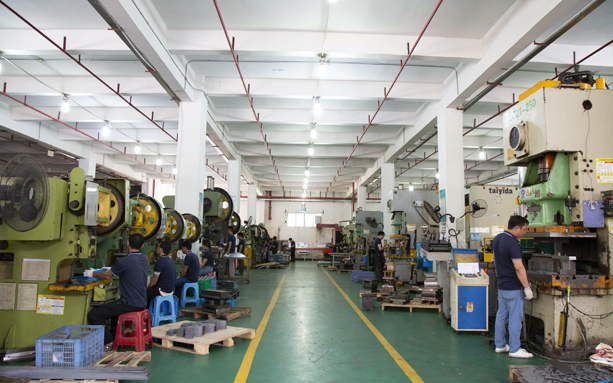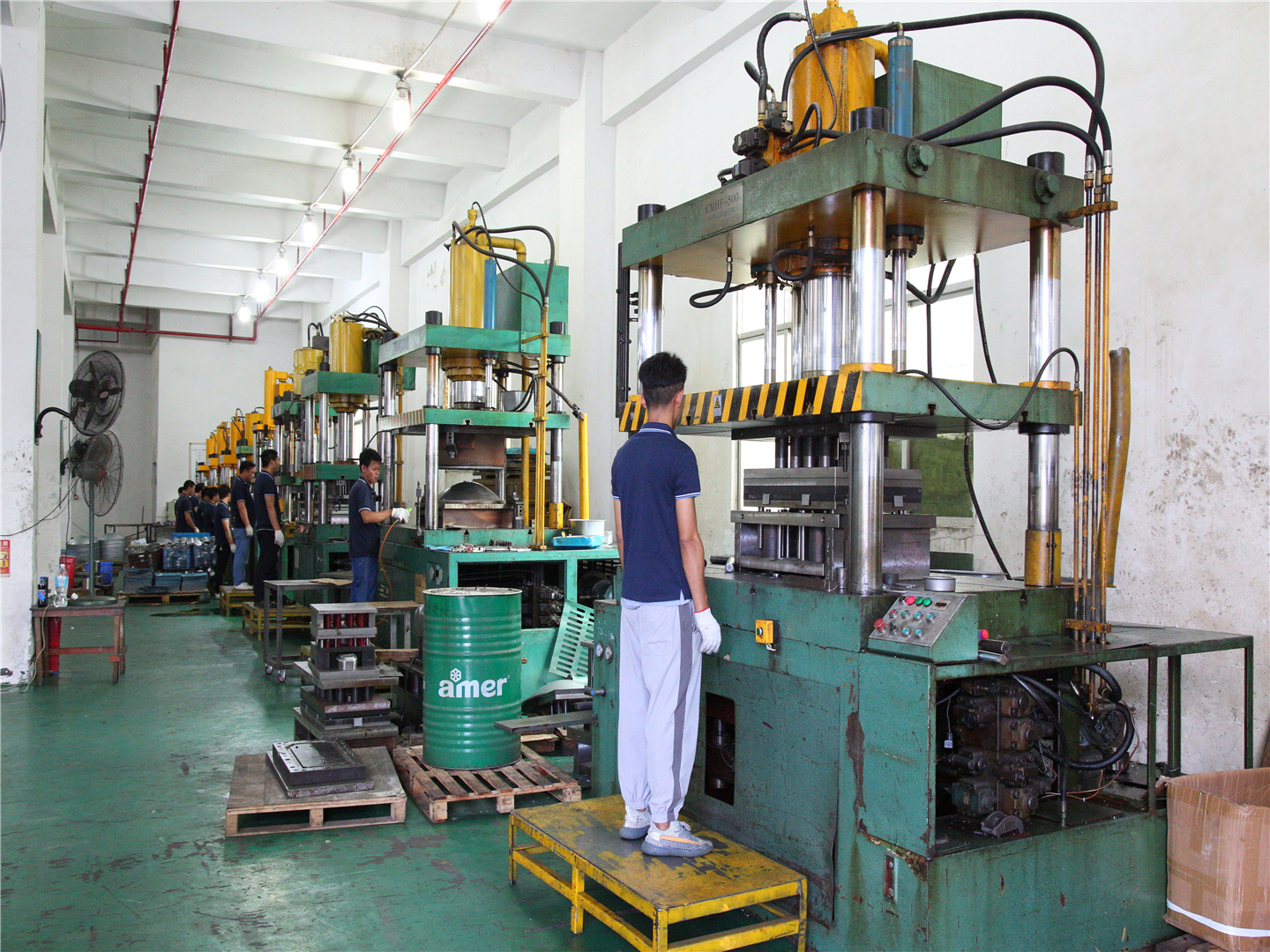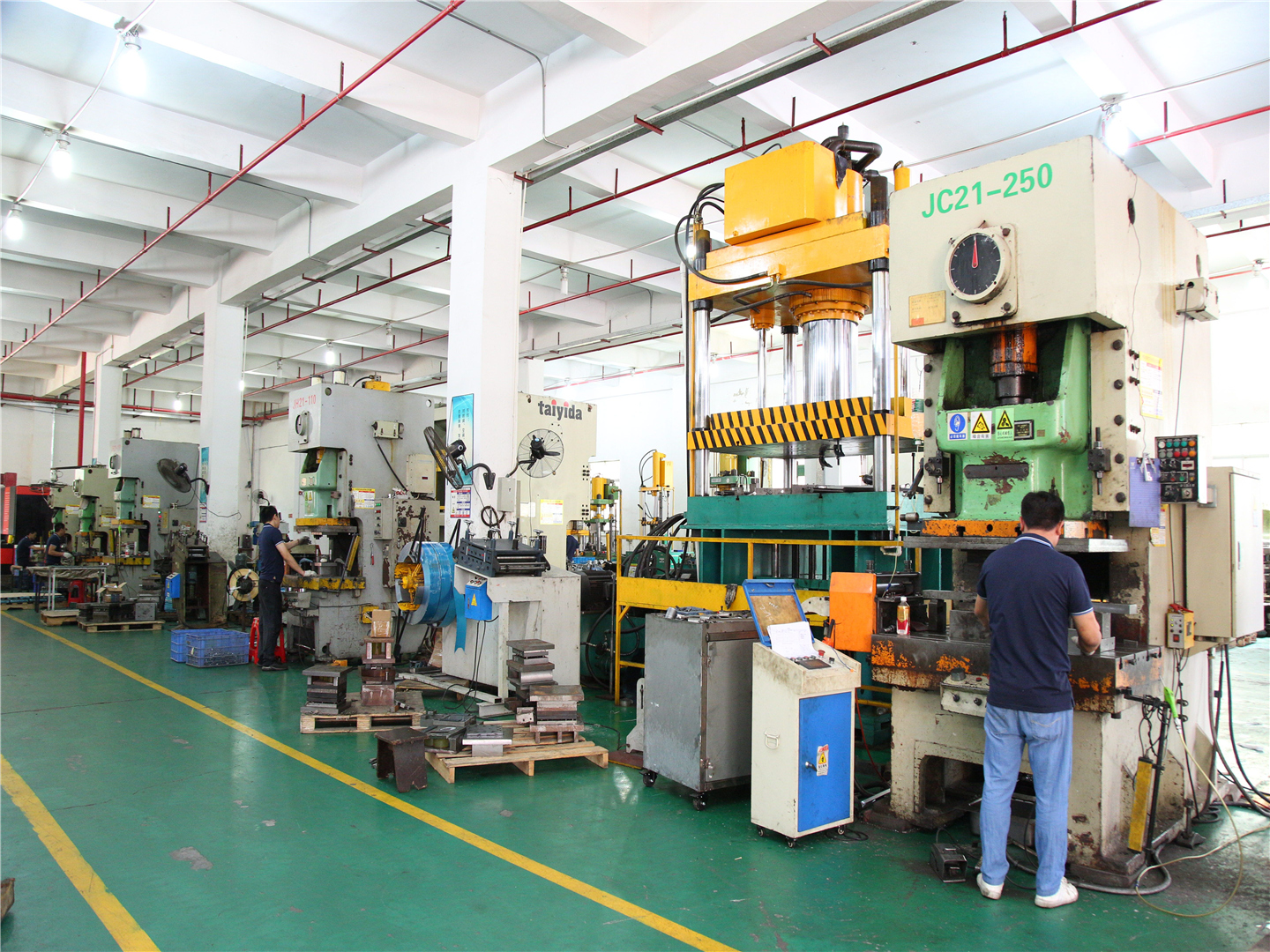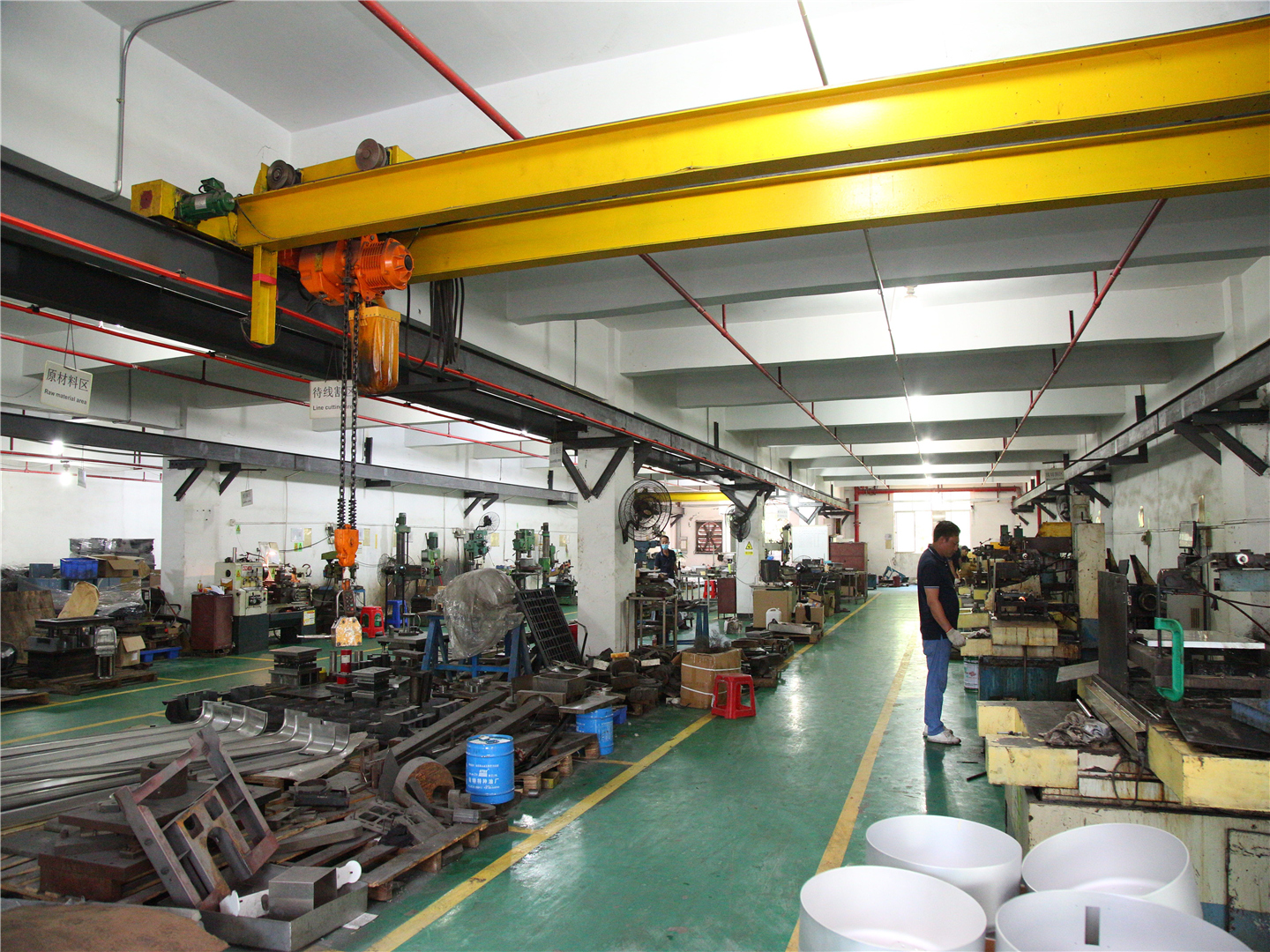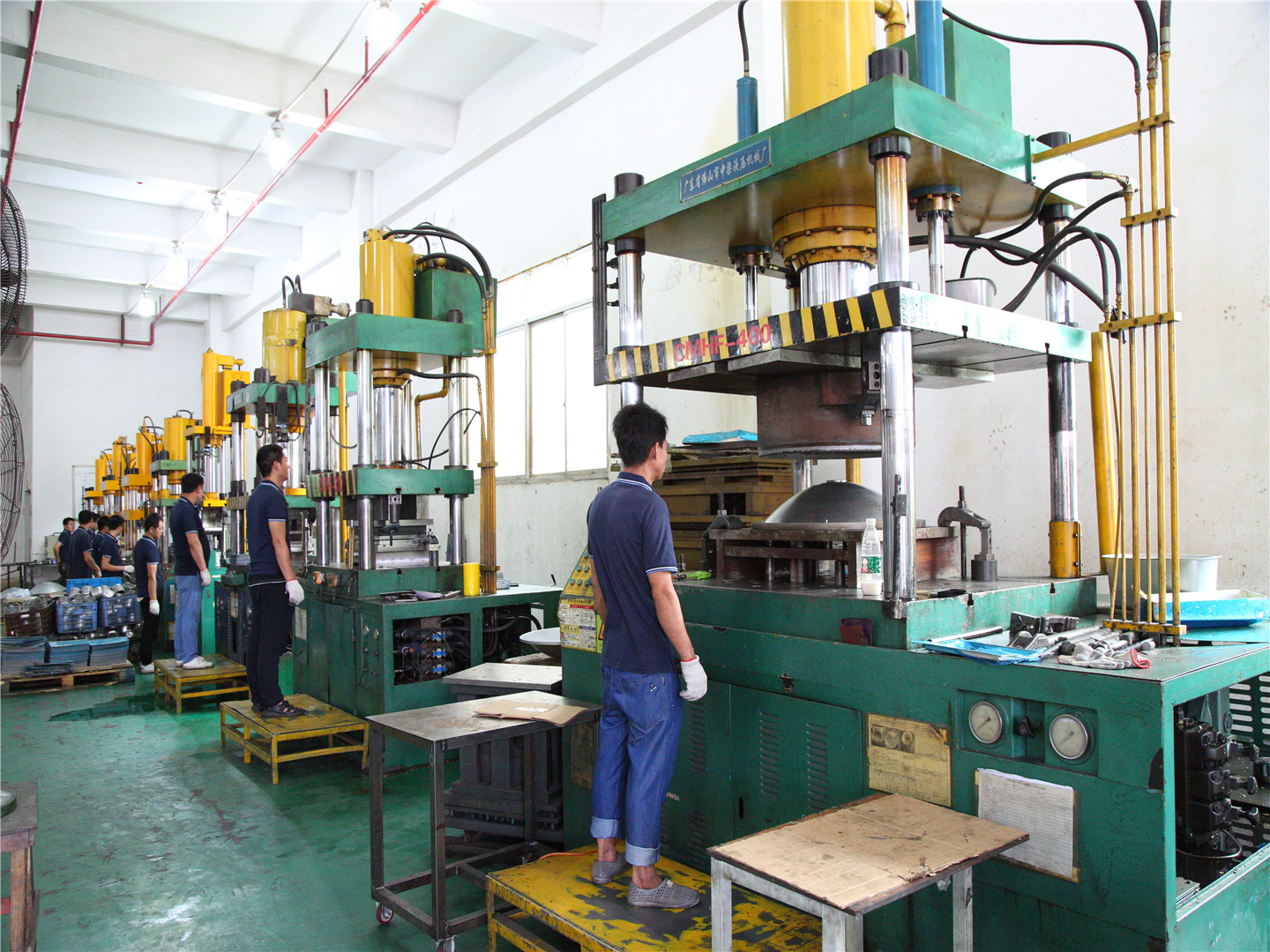Date: 2022-03-10 Edit: Pengfeng Precision Hardware Views: 1113
Precision stamping manufacturing technology has become an important part of the parts industry, with most stamped metal parts being used in aerospace, automotive, marine, mechanical, chemical and other fields. Precision stamping is a high-efficiency and easy-to-operate manufacturing process that enables mechanization and automation. Overall, the precision stamping process is mainly influenced by two factors: equipment type and workpiece material.
I. Advantages of precision stamping:
Precision stamping produces lightweight and rigid parts with high dimensional accuracy and good interchangeability at low material cost. The surface quality of the material is well-preserved, making subsequent surface treatment more convenient.
II. Material selection for precision stamping:
Stamping processes mainly include blanking, bending, and drawing, each requiring specific material properties. Material selection should consider both the product's approximate shape and processing requirements.
Blanking requires materials with sufficient plasticity to prevent cracking during cutting. Soft materials have good cutting performance, resulting in smooth cross-sections and minimal tilting.
Bending requires materials with high plasticity and low yield limits. High-plasticity materials are less likely to crack during bending, while low yield limits and low elastic moduli can achieve accurate bending shapes with little springback. For brittle materials, a larger relative bending radius is required to avoid cracking during bending.
Deep drawing is one of the most challenging precision stamping processes, requiring shallow depth, simple and smooth shapes, and good plasticity to avoid deformation, wrinkling, or even tearing.
